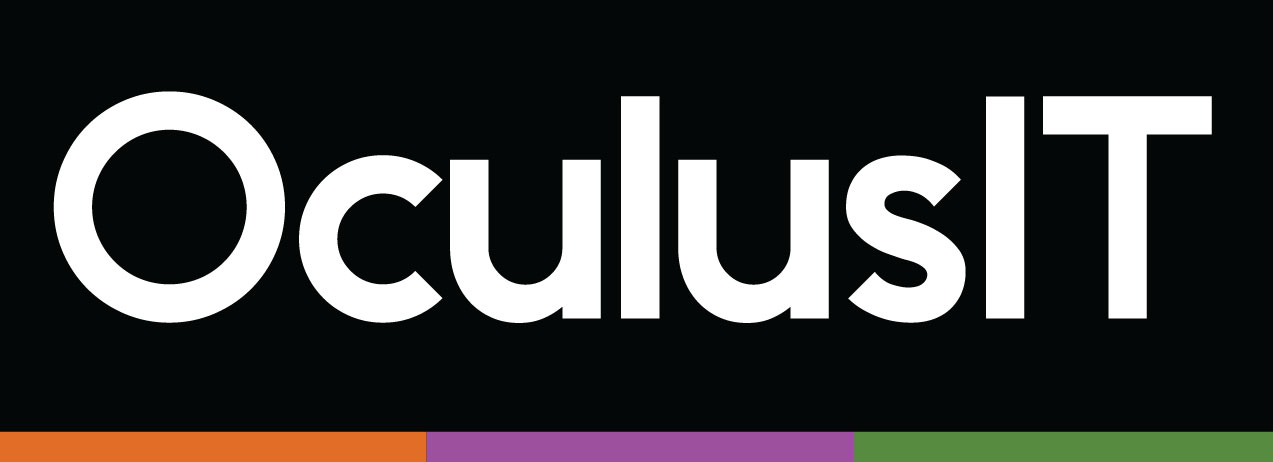
Creating A Roadmap for Cyber Insurance Audit Preparedness
May 24, 2023
Higher ed institutions are treasure troves of sensitive data that hackers crave. From social security information to payroll details to alumni data and virtually everything in between, when hackers get their hands on this proprietary data, they know they have hit the jackpot. Institutions are often willing to pay to ensure their data is protected and avoid harsh backlash from their constituents.
To mitigate the financial risks associated with cybercrimes, colleges and universities elect to secure cyber insurance coverage. This insurance plays a vital role in safeguarding institutions from the financial fallout of ransomware and other threats. However, obtaining and maintaining cyber insurance coverage comes with the responsibility of undergoing routine audits. Effectively and proactively preparing for these audits by strengthening your cybersecurity posture is key to protecting your institution against potential financial losses.
Cyber insurance audits provide a close look at your institution’s current cybersecurity practices and policies. These audits will assess the level of risk your institution poses and determine the appropriate insurance coverage and premiums. During the audits, the assessor will focus on identifying security vulnerabilities, evaluating your incident response plans and procedures, as well as ensuring your institution is compliant with all industry standards and regulations (ie. Cybersecurity Awareness Training, Written Information Security Program, Encryption, etc.).
Your on-site IT teams should follow a detailed security roadmap to ensure your institution is prepared for these audits so that you aim to maximize insurance coverage and lower your premiums. Here are OculusIT’s recommendations to ensure your institution is prepared for your next cyber insurance audit.
- Establish a Cybersecurity Governance Framework: Begin by creating a robust cybersecurity governance framework for your institution that details internal roles, responsibilities, and security processes. It must clearly outline the chain of command, incident response plans and procedures, and decision-making protocols for any potential cyber incident your institution could face.
- Conduct Routine Risk Assessments: Regularly assess and identify potential cybersecurity risks within your institution. From evaluating network infrastructure, software systems, access controls, and data handling practices, your team needs to track, monitor, and remediate the findings and actions taken to demonstrate your commitment to risk management.
- Enhance Incident Response Capabilities: Strengthen your incident response plan to address a multitude of cyber incidents effectively. Include clear escalation paths, communication protocols, as well as primary roles and responsibilities during an incident. Be sure to regularly test and update your incident response plan to reflect changes to your program and reflect any new threats and emerging technologies.
- Train and Educate Institutional Staff: Hackers prey on human error, making the very users you aim to protect the ones posing the most significant cybersecurity vulnerabilities. Conduct regular cybersecurity training sessions for all employees, emphasizing safe computing practices, educating them on how to recognize phishing attempts, and promoting data protection and privacy. Specialized and targeted training for individuals who serve as data stewards and those who deal with PII and CUI data must regularly occur.
- Implement Access Controls and Data Encryption: Employ thorough access controls, including multi-factor authentication, to prevent unauthorized access to sensitive data. Be sure to encrypt data (in transit and at rest) to protect it from unauthorized disclosure and modification. Your team will also need to maintain an inventory of data assets and regularly review and update all access privileges.
- Keep Detailed Incident Logs: You must maintain comprehensive logs of all cybersecurity incidents, including their nature, severity, and response actions. These logs will serve as crucial documentation during an audit and will ultimately demonstrate your institution’s commitment to continuous improvement when it comes to cybersecurity.
- Service Provider Oversight: Institutions should create a comprehensive vendor management program to oversee service providers and ensure they maintain appropriate safeguards for customer information.
- Engage External Experts: Creating and maintaining a comprehensive cybersecurity plan can be overwhelming. But relying on the expertise of an external cybersecurity team to conduct regular assessments and audits on your institution’s security posture is one way to gain additional perspectives without weighing down your existing teams. When you engage with a partner like OculusIT you will not only benefit from working with higher education’s leading cybersecurity partner, but you’ll identify blind spots and provide valuable insights for improving your cybersecurity program, ultimately saving you money in the long run.
Is your institution prepared for its next cyber insurance audit? If you’re ready to take a holistic approach to cybersecurity, from governance to risk management to policies and training, OculusIT is here to help you reduce vulnerabilities and safeguard your institution against evolving cyber threats. Let’s chat.
Recent Articles






